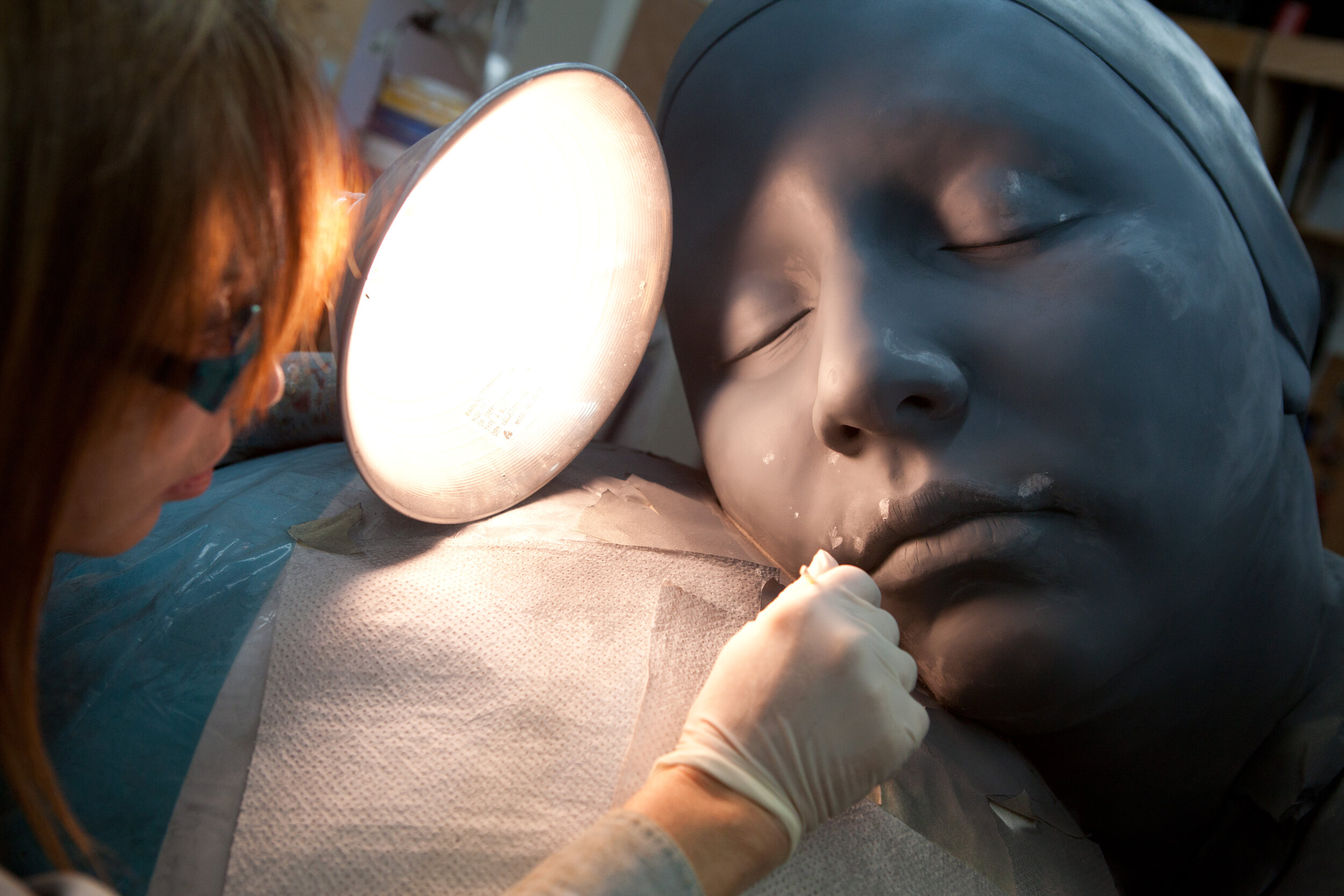Did you ever feel that someone is simply from out of this world? It’s a fact that we are all unique in our own ways, but if we pay close attention to artists, we can all agree that they belong to a category which can be characterized and studied in a certain way.
Artists have a special ability to express their feelings, impressions, and memories through a different type of art, and we genuinely appreciate what they do, but that does not get us any closer to understanding them, right? Therefore, this article highlights why artists are difficult to handle compared to people in general.
1) They have a creative mind
The fact is, artists don’t have the same deduction system or system of values as others, and that’s the reason why we find it hard to understand or follow their train of thought. Also, their minds tick a bit differently than the average person’s, because diverse details move it.
2) They think of their work as their children
It’s imperative to find a way to appreciate their work if you want to get close to an artist. If you have a problem understanding it, I’m sure you will get an explanation (and don’t discuss with how reasonable it is) if you ask for one.
3) They are irrational and emotional when in love
Artists usually look like they are gliding above the earth, but when they fall in love, they are almost flying. Be sure they will do anything to show their affection – in a different way. Also, you better not be there if things don’t turn out the way as they planned, because they can fall into deep anguish really quickly.
4) They express through codes
Speaking of emotions and feelings, the artist tends to express them through their art. That is how they communicate. If they give a piece of art to you, spend a lot of time around you or give you substantial looks you don’t fully understand, you should know they are just trying to show that you are important to them.
5) Some artists prefer not to be understood
It is one of those irritating characteristics of some artists. They live in their world, and you should be positive that they like it there, so don’t even try to move them or place them in the real world, because not a single artist will like it there.
6) Some artists find it hard to adjust
Which brings the discussion to the next point – if you do move them from their place, don’t expect them to fit in. Also, you might run into a social butterfly (there’s a small group of them which act like that), but the chances are very minimal.
In conclusion, they can be difficult to understand or handle, but that’s nothing you can’t figure out with just a bit of patience. We hope you’ll find these pointers insightful. Remember they contribute to making our world a better, and more beautiful place to live in.















